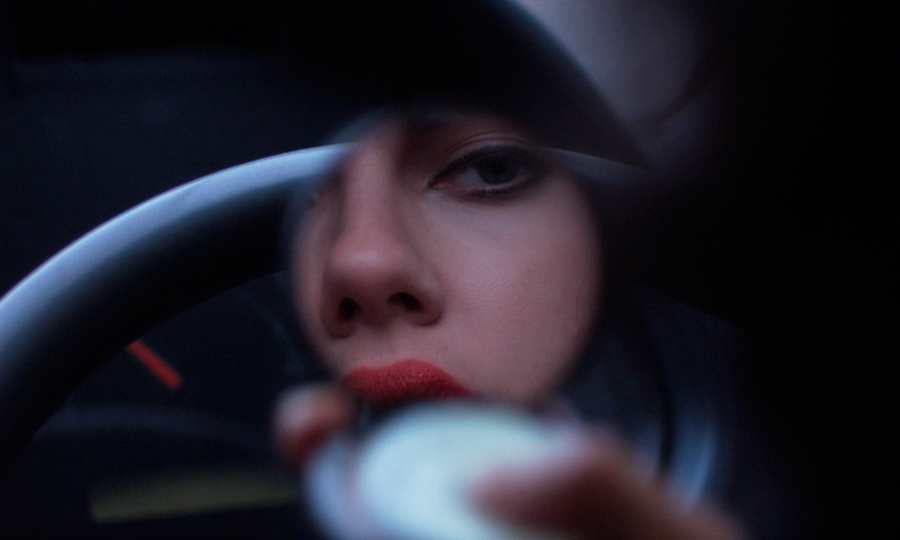Too Sticky for Just One
‘Enthusiasm leaks out from the possibility of how these things might all be together’
‘Enthusiasm leaks out from the possibility of how these things might all be together’

27 years?! The only trace of clarity, right here, right now, is that we’re clearly not too good at evolving from our enthusiasms. They don’t produce inexorable growth. Instead, we get distracted from their potential by defensively rearranging our values, pushing one or two to the foreground within the limited mental space we have available, whilst forgetting to communicate to anyone why we feel that we need to do this.
Just one thing? But these things are so sticky; they accrue the dust of other things that also fall apart as soon as you hold them up to the light. So, to hold it all together for the purposes of this exercise, let’s imagine that we have seen too much. It reached its end this year: the seen, the read, the watched, the heard, the eaten, the smelt, the touched. All of it, as a collective project, is now officially completed. So, this state – despite the nagging feeling of still being unsatiated – seems like a good time to take stock; what was the final straw to reach the condition of ‘enough’?
Just one thing, you say? Then it must be a thing that is ‘not yet’: a special weave, an elegant and complex knot, a binding made from a keyword search of all the results of putting ‘huh?’ or ‘oh!’ into a finder. An extraction: a lateral sliver, 1 μm thick, taken from a core sample of 27 years of consciousness in the gulliver, the noggin, the bonce. A borehole taken at this point here just so happens to exclude anything to do with the sea, economics, food, sex, pointing, geopolitics, leather, the 1990s, weather, friendships, spite, sleep and all the other things, including art. The knife is slightly blunt, unfortunately, so what you can see here is that the sedimentary layers have become, through attempting to expose them, partially melded with one another. It becomes difficult to tell what belonged where or why anything held its particular position. Nevertheless! It can be clearly seen now as a sort of scab. A small space of suspense that is there, existing, just before a full stop.
No, not that one. But the one just coming up here.
In there is a silence that snags. A fulcrum to what came before and what follows. A momentary loitering between inhalation and exhalation. In this one, that is made up of the was, but is still to become ‘not yet’, we can find, if we look closely: Adam Pearson’s slow, naked, dawn movements, through the dew-covered thistles in Jonathan Glazer’s film Under the Skin (2013) and, right next to it, the silence and faint bubble sounds as Sen disappears underwater in Hayao Miyazaki’s Spirited Away (2001), having healed the stink monster in the bath house. This is followed by the dry retching at the end of Joshua Oppenheimer’s The Act of Killing (2012). Shame. Next; looking for too long at a lichen whilst almost simultaneously listening to Dr, First Lady of Santoor. Father, then no father, then a father.
Time slowed (more shame); a cup of coffee passed between diffused lover/husband as they affectionately chat in the background of Lucrecia Martel’s film The Headless Woman (2008). Imagined time, 100,000 years in the future, the duration needed for nuclear waste to become safe, producing a set of particular quizzical facial expressions for the Onkalo scientists in Michael Madsen’s documentary Into Eternity (2010) as they gently contemplate what form of signage would be needed above the toxic site. They anticipate us declining into a species that cannot read or even understand basic images. Mirroring an identical temporal distance into the past is Yuval Noah Harari’s speculation in his book Sapiens (2014) as to why Homo Sapiens leapt so rapidly to the top of the food chain 100,000 years ago? The answer may contain the secrets to all our problems. We don’t know yet. But in 100,000 years … In Ron Suskind’s New York Times article ‘Without a Doubt’ (2004), he quotes a senior adviser to President George W. Bush: ‘That's not the way the world really works anymore […] when we act, we create our own reality. And while you’re studying that reality – judiciously, as you will – we’ll act again, creating other new realities, which you can study too, and that’s how things will sort out.’ The belief that power produces the real through a form of magic is a contagion now rapidly enveloping us all.
An exquisite corpse producing doubling, cell division, of the boy, dead boys, teacher, dead teachers in Apichatpong Weerasethakul’s film Mysterious Object at Noon (2001). Acquisition, peer-to-peer file sharing; I could have anything. Pruning. Pruning saplings. Indigo boro. In 2014, in Wunsiedel, a small town in Bavaria, organizers played a hilarious collective trick on a neo-nazi march by turning it into an involuntary walkathon, raising €10,000 for EXIT Deutschland, an anti-extremist organization. More like this, please.
One thing. Remember, this is one thing! A braid. A ligature. There are no edges. Enthusiasm leaks out from the possibility of how these things might all be together. Can you see it? You might have to tilt it a bit. There you go.






















